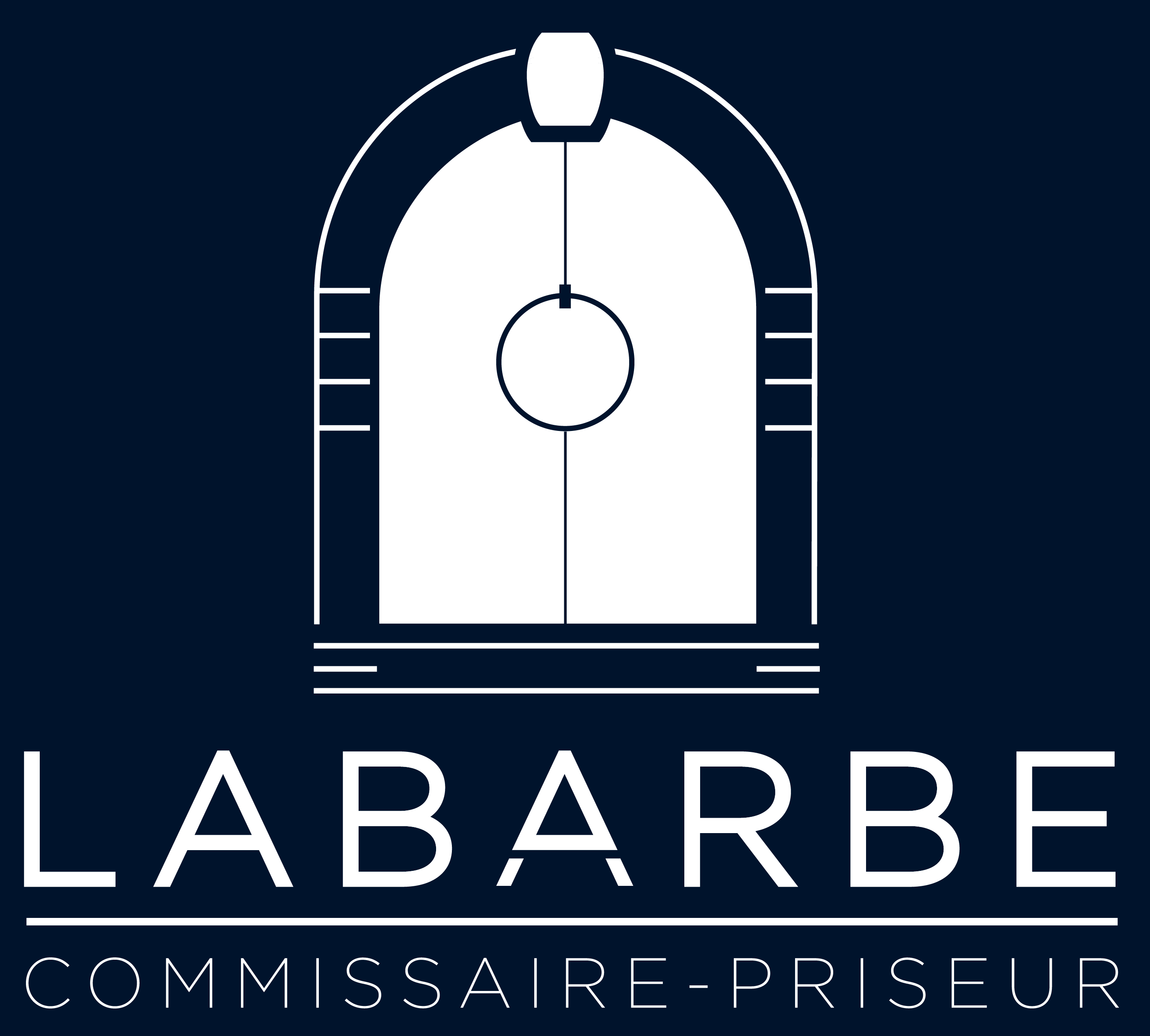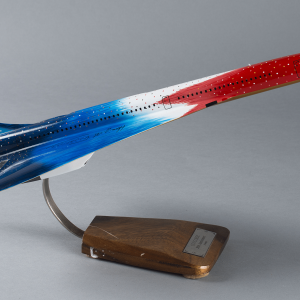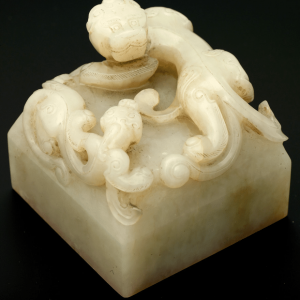Sold € 22,057,760
Imperial painting: representation of the first Grand Review of the reign of Qianlong in 1739, a series of four, describing the maneuvers of the troops of the Empire. This horizontal roll in ink and colors on silk, due to several painters of the Court, dates back to 1747 or 1748.

This horizontal scroll in ink and colors on silk, due to several painters of the Court, dates from 1747 or 1748. It concludes a series of four, immortalizing a military review having mobilized some 20 000 men.
The current location of the first of these paintings: Xingying (The Emperor approaching the army base) remains unknown. It would represent the Imperial suite going to the place of the Review, the South Nanyuan Park, where the Manchu emperors held military maneuvers.
The second, Liezhen (The troops rank in battle) still preserved in the Beijing Palace Museum, serves as a model for the last three of the series. She offers Her Majesty's glance from the bastion where her command tent was erected. All units are carefully represented in formation: two wings of cavalry flank the battle body of the Eight Banners.
On the third scroll, Yuezhen (Passing the troops in review) His Majesty, inspects the troops, riding behind the musketeers and gunners, in front of the cavalry, whose ranks have spread on the passage of the sovereign.
Finally, the fourth, Xingzhen (Maneuvers), object of this sale, seizes the moment when a salvo of all the guns drowns the first ranks of a thick smoke.

Grand reviews date back to 1633. They combined maneuvers and a display of impérial grandeur in a show of strength intended to impress the Manchu nobility and tributary rulers. Emperor Shunzhi (r.1644-1661) decreed in 1656 that Grand reviews would be held every three years at the Southern Park. The annals of Qianlong mention that of 1739 as the earliest in his Rule.
A long text at the end of the painting has its title written in large chancery script characters : Dayue disi tu, Xingzhen "The Grand Review, Military Maneuvers". The text then goes on describing the drill as seen by His majesty from his tent. Conches, drums and gongs direct movements, raised red flags call gun salvoes. The Review comes to an end when the troops have marched forward and stepped back nine times, each time fixing their muskets and cannons.

The emperor and his suite retire, remove their armor, before a banquet rewards the troops. The text finally lists the painters and chroniclers who have kept the memory of the event; none of their seals are affixed. Academicians and senior officials, ministers, editors colophon are known for their talents as calligraphers in regular, often referring to the great masters of Tang. They are Wang Youdun (1692-1758), Liang Shizheng (1697-1763), Ji Huang (1711-1794), Zhang Ruo'ai (1711 or 1713-1746), and Zhuang Yougong (1713-1767).

Ten painters from the Huayuan Imperial Painting Academy worked on the reels of The Grande Review, but Jin Kun, active in the first half of the 18th century, remains responsible for the proper execution of the work. Ding Guanpeng, active between 1726 and 1771, was one of Qianlong's favorite painters. The others are Wu Gui, Jin Sheng, Yao Wenhan, Zhang Tingyan (? -1794) Chen Yongjie, Cheng Zhidao (active between 1740 and 1796) Cheng Liang and Lu Zhan. The archives of the Imperial House Workshops Neiwufu zaobanchu contented the history of the painting of the four scrolls of The Grand Review. After an error in the position of the troops of the different banners, the painting must be resumed from April 1746. On January 7, 1748, Qianlong orders: "The Big Review will be completed soon. Have a box pattern made for each roll, and present the Us for review. The model of the red lacquered lacquered caskets having been approved by the emperor, he decides that the date be inscribed here Qianlong dingmao nianzhi "Made in the year dingmao of the Qianlong era (1747)". However, a last piece tells us that the delivery of the set in its cases was made only on June 20, 1749. The order could intervene as early as 1740. Even a dozen artists may have taken 7 years to achieve such a series of rollers in miniaturist style. We must still count the time of the mount - a year - and the manufacture of the boxes.
 Publication :
The Shiqu baoji xubian (Following the Precious Works Preserved in the Imperial Pinacoteca) known as the "Imperial Catalog", contains a notice (pp. 1871-1875) on the four scrolls of La Grande revue. Citing the colophons in extenso, it specifies the circumstances and the date of the event represented. First deposited at the Palace of the Estime of the Shine of Zhonghuagong Civilian Virtues, The Grand Review certainly joined the portraits of the late emperors at Shouhuangdian (Palace of the Continuation of the Empire), at the death of Qianlong (1799 ).
Origin :
This scroll painting was part of a private French collection since the early twentieth century.
Experts :
Ansas & Papillon Experts Office Alton, 3 rue Geoffroy-Marie, 75009 Paris
ansaspapillon.com
Publication :
The Shiqu baoji xubian (Following the Precious Works Preserved in the Imperial Pinacoteca) known as the "Imperial Catalog", contains a notice (pp. 1871-1875) on the four scrolls of La Grande revue. Citing the colophons in extenso, it specifies the circumstances and the date of the event represented. First deposited at the Palace of the Estime of the Shine of Zhonghuagong Civilian Virtues, The Grand Review certainly joined the portraits of the late emperors at Shouhuangdian (Palace of the Continuation of the Empire), at the death of Qianlong (1799 ).
Origin :
This scroll painting was part of a private French collection since the early twentieth century.
Experts :
Ansas & Papillon Experts Office Alton, 3 rue Geoffroy-Marie, 75009 Paris
ansaspapillon.com 


